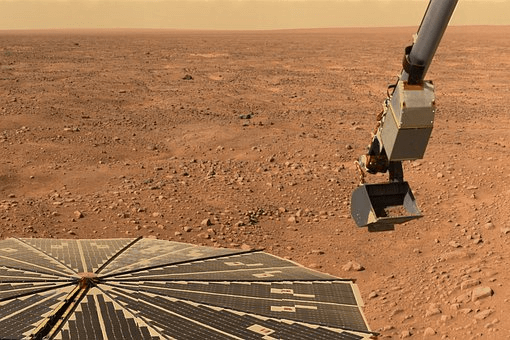The red planet is dry, barren, and inhospitable, but there have been studies that prove that the climate of Mars was once like earth’. A NASA-funded study indicates this could have been a more extended period than we thought. The possibility of finding another planet to live on has been exacerbated by rapid climate change, limited natural resources, and the rapid pace at which the population is growing. If nature doesn’t self-correct, then you can bet we will run out of space and resources.
Terraforming
Terraforming is a hypothetical procedure of turning a hostile planet like Mars into one that can sustainably host humans and other life forms. This would be done through planetary engineering. This may seem easy, but it would be maybe a couple of centuries before the planet could sustain life, including the basics of life like oxygen, carbon dioxide, water, etc. It would be so much unlike Earth as we know it, although there may be a few luxuries for the explorers and adventurers like live casino games to play, lots of movies to watch and endless music to listen to via streamed services, either on the red planet itself or beamed direct from Earth.
Advantages
- In reality, Mars is larger than the moon and could accommodate all of Earth’s inhabitants.
- There is a larger gravitational force than the moon, so we wouldn’t need to develop special equipment. The atmosphere is also rich in carbon dioxide, which is necessary for our lives.
- Mars already has large bodies of water on its surface, some liquid and others in gaseous form.
Disadvantages
Several obstacles could delay terraforming on Mars, making it a long process to complete.
- Despite its atmosphere is rich in carbon dioxide, it is highly hazardous, with high winds and regular sandstorms.
- Compared to Earth and the moon, it is further from the sun, meaning we would get less solar energy per square metre.
- Martian soil composition differs from Earth’s, so growing anything could prove difficult.
- Mars is far from Earth, making communication and transportation from Earth quite tricky.
- Mars has 38% of Earth’s gravity, which makes it have less atmosphere than Earth. The air is thin and chilly, so we would live in an environment similar to the Himalayan mountains. We would need more carbon dioxide to warm up the surface.
Many have said that terraforming the moon would be a more feasible project for many reasons, the foremost being that the moon is closer than Mars. This would facilitate faster travel and communication transmission. A message can be received in 1.25 seconds. The moon’s most significant advantage over Mars is that it has lower radiation levels than Mars; they are so low they are almost negligible.

If we chose the moon over Mars, we would have to bring a self-enclosed structure with the air to fill it and the necessary bacteria needed to enrich the soil. An experiment conducted in 2008 to test the suitability of the soil showed that it was possible to grow Marigolds. Lunar soil, melted snow, and bacteria were used to grow healthy marigold flowers.
In conclusion
If we decide to planet hop or try to live on the moon, much work would be required. A considerable investment would be needed to make either one suitable for life. Until the terraforming works, the best we could do is to look after the planet we live on.

